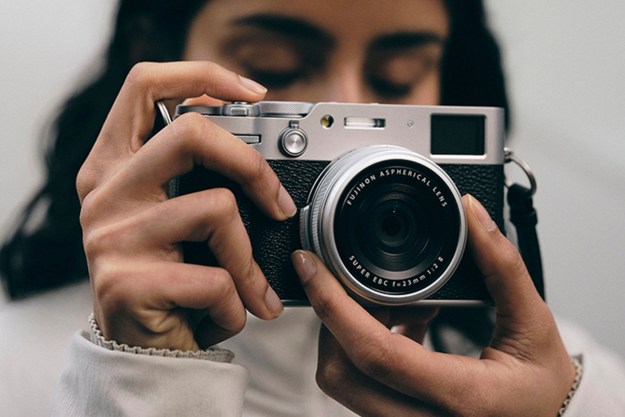
Researchers believe lensless cameras may pave the way for tiny future cameras, but the latest academic experiment with an lens-free camera uses something that already exists as a “lens” instead: a window. Researchers at the University of Utah recently shared a lensless camera that works by using a window — and is actually pointed the “wrong” way.
The lensless camera is a computational camera designed to decipher data and reconstruct the image, rather than a traditional camera that captures the scene as is. Instead of focusing the light with physical glass, a computer is trained to decipher the unfocused light. Associate professor and research head Rajesh Menon calls it designing cameras for machines, instead of for humans.
And while the University of Utah team didn’t use a lens, they did use glass. The camera is affixed at the edge of a plexiglass window, 90 degrees from where humans would look through the window. (The research team says the concept would work with a glass window as well). Reflective tape is wrapped around the edges to help bounce light into the camera.
To a normal camera, the image shot from the side of a piece of glass doesn’t look like anything, but using algorithms, the computer reconstructs the image based on the information that’s there. Using those algorithms, the camera was able to reconstruct an LED image that the research team played through the window.
The result isn’t something that anyone would call a good photo, but it’s enough to recognize objects, suggesting use not in artistic photography but in applications that use cameras as sensors for cars, drones, or security systems.
Most research on lensless cameras focuses on the idea that, without a lens, the camera becomes much smaller. The cameras from the University of Utah could one day turn a car’s windshield into a sensor for self-driving cars, or turn the windows in a house into security cameras, the team suggests. The lensless camera could even help slim down augmented reality googles by placing the eye-tracking cameras at the side.
Additional research is required before the concept becomes reality. For example, the team says that only one percent of the light going through the window actually hits the camera sensor. While that works fine for photographing an LED panel, it’s unclear how the camera would perform in scenarios involving the detection of pedestrians at dusk or a burglar at night. The team plans to conduct additional research, including photographing objects under normal lighting conditions along with 3-D and higher resolution variations.
“It’s not a one-size-fits-all solution, but it opens up an interesting way to think about imaging systems,” Menon said.
The team’s research is available in a paper in Optics Express.




